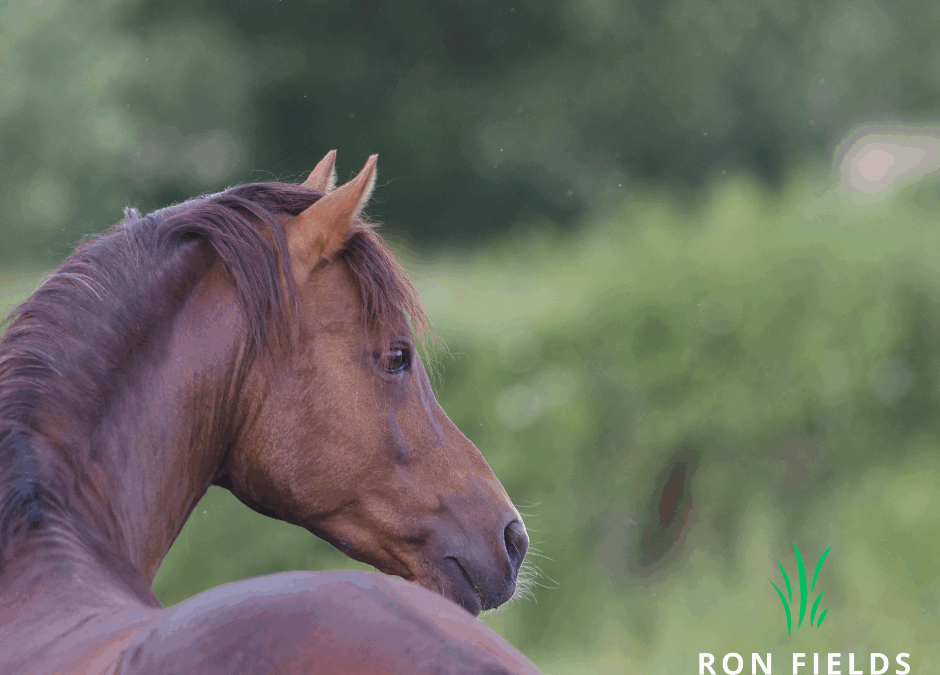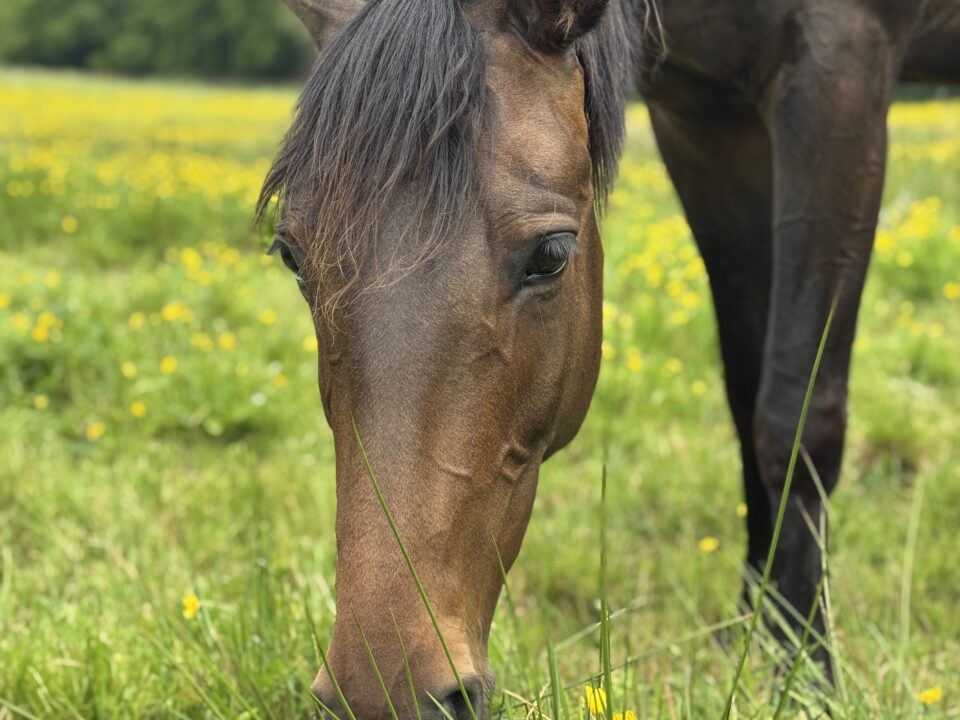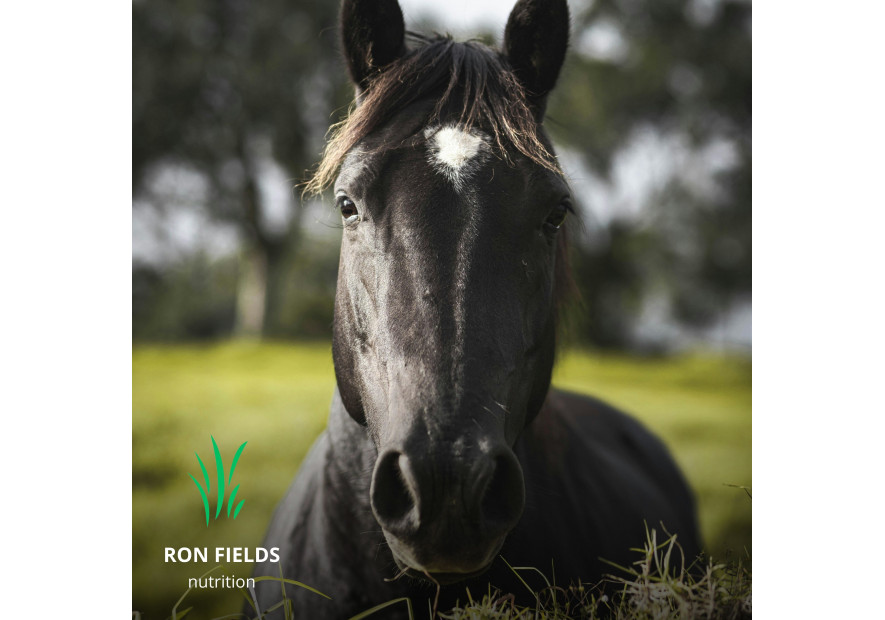
Reasons for hindgut inflammation in horses
June 5, 2025The liver is one of the most important organs in a horse’s body. Did you know that it is also one of the largest organs in the horse’s body, weighing between 5 and 7 kg?
It is located mostly towards the right-hand side of the horse and lies behind the diaphragm. On the right, it is located between ribs 6–14, and on the left, between ribs 6–9.
Ligaments attach the liver to the diaphragm and the abdominal wall. The liver is supplied by arteries, veins, nerves, and lymph channels. It also has a canal that carries bile into the duodenum.
Approximately 75% of the blood passing through the liver enters via the portal vein. This contains blood from the intestines, complete with the products of digested food (including toxins), which have been absorbed through the gut wall.
The remaining 25% of blood enters via the hepatic artery, which nourishes the liver cells. After passing through the liver, the blood flows out into the large veins that lead to the heart. The liver acts as an important filter for the digestive processes that start in the gut.
The liver has many important functions, including storage, synthesis, bile secretion, detoxification and protection, and metabolism. For example, it converts sugar into glycogen, which can be used as an easily accessible source of energy, and it converts amino acids into proteins that are necessary for tissue growth and replacement. The liver also stores fat and vitamins. The liver also regulates the levels of sugars, fats, and amino acids in the blood.
Blood proteins and substances that affect viscosity, such as fibrinogen, prothrombin and heparin, are produced here. It also carries out detoxifying and protective processes, such as converting ammonia into urea to prevent toxic build-up, and detoxifying drugs before they are excreted in urine.
Therefore, it is very important to keep the liver healthy and functioning normally. This leads to a healthy metabolism and immune system and helps to keep your horse healthy!




